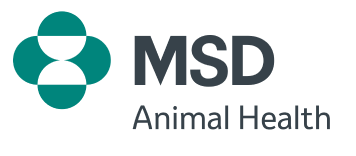SenseHub® Dairy collars are providing valuable peace of mind
August 17, 2025
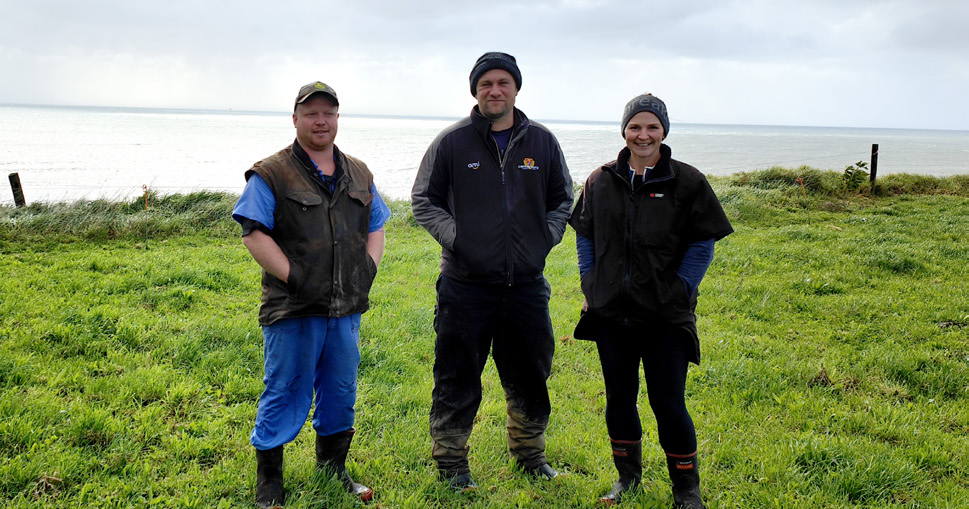
Farmer
Hailey and Mark Shaw
Location
North Taranaki
Farm Size
132ha
Herd Size
400 cows
Sharemilker
Josh Harrop (Variable Order)
SenseHub Dairy collars are providing valuable peace of mind for North Taranaki farmers Mark and Hailey Shaw.
The couple took over Mark’s family dairy unit just north of Waitara more than two years ago, and are now in their third season with a sharemilker in place while they continue to run their sheep and beef property 15 minutes further north.
Having collars on the herd gives them access to the same real time data as their sharemilker, Josh Harrop, and remote oversight on the herd’s status and performance, as well as future-proofing the business so it continues to attract top-quality, forward- thinking people.
Hailey says they had always wanted collars on their 400- cow herd, but after watching Josh manually drafting cows at mating in their first season, it was the potential to auto- draft them which initially attracted them more.
They chose SenseHub Dairy collars which were fitted to the herd just before the 2023 mating and installed a
SenseHub Dairy Intelligate® draft gate at the same time. Both proved immediate “game-changers” for the Shaws and their sharemilker.
“As 50-50 sharemilkers, our biggest assets are our cows and our people so this is an investment in both those things,” Hailey says.
They were immediately impressed by the amount of data and the intuitive nature of the software to present it in ready-to-apply ways. It was also clear how stark the differences were to operating their sheep beef unit where data is often difficult to capture and analyse.
“I love data and compared to sheep and beef, what we have on the dairy farm with the collars is pretty cool. It’s been awesome getting to learn the science behind the animal performance” she says.
“The collars mean we’re not having to hassle our sharemilker every five minutes asking him how many cows are on or that sort of thing. I can just look at the app on my phone and I can see it, it’s just so transparent,” she says.
While they settle in to building their experience and confidence in the SenseHub Dairy software they employ a farm consultant in the overall business.
Hailey is enjoying being able to access a daily progress report, and being a numbers person, she finds
the real time data is really useful for making more proactive decisions.
They can’t speak more highly of the installation process and support provided when the SenseHub Dairy collars were fitted.
“The team were brilliant to be honest. We made it reasonably clear that we were hoping to get it done before mating, knowing everyone else would be as well. But they got that ball rolling really quick,” Mark says.
Fitting the collars was easy and the team from DairyPro, one of MSD Animal Health’s authorised dealers, installed the drafting gate into the shed.
“There was a couple of little technical issues along the way, but they’re only a phone call away and they’re there to get it fixed up,” he says.
“Using the app and the computer was a little challenging at start. It’s a busy time over mating but I’d often talk to our local rep on phone then have a play with the technology myself, then talk it through with Josh so he was up to speed,” Hailey says.
For Josh, the after-hours support from both the SenseHub Dairy team was excellent, even at 4am in the morning.
Now just through his second mating with the collars and auto-drafting gate in place, Josh says he would struggle to go to a farm without the clever wearable technology in place. He has no trouble trusting the data to detect on- heat cows and says the auto-drafting gate means he and his staff can concentrate on milking the cows, without the stress of checking tail paint and manually drafting cows for insemination.
Josh says the collar data often signals cows are on heat slightly later than he would have thought if he was just relying on tail paint. This is due to the accuracy of the breeding window calculation.
“A couple of times right at the start, you’d see cows come in at night and like, oh, she’s on heat, but she’s not on the report. But sure enough, next morning when she’s at her optimal time to inseminate she would be,” Hailey says.
“Our first mating with collars on was incredible. Just letting technology do some of your work for you was so good. You still have to be there, you know, but it’s amazing to see what I wouldn’t have put up for AI, but the gate drafted them out and when we put them up, they held”, Josh says. It just shows how important the breeding window is when calculating the optimal time for insemination and how good the software is at picking up the low/silent heats.
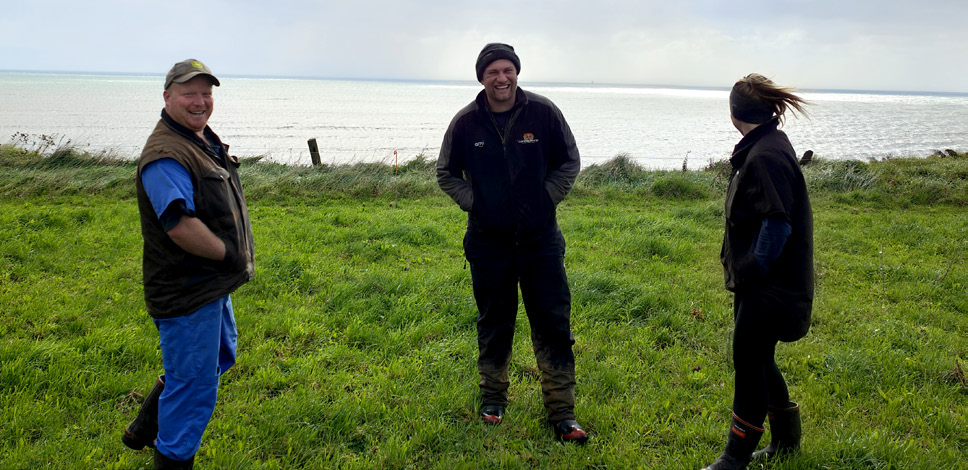
The auto-draft gate also has a manual setting which means a lame cow can be loaded in for drafting off and treating from the phone app.
“I can set the gate to draft from my phone in the evening so even a lame cow that I’ve noticed down in the paddock, which is easy to miss again and again in the shed at milking,” says Josh.
“You don’t have to watch for her number while you’re milking, she’s in the pen. It’s done.”
Although their herd size and shed configuration means milkings are always a two-person job, the collars mean he doesn’t have to be in the shed every milking over mating picking on-heat cows because if they are flagged by the system then the drafting gate will automatically draft them out, freeing up time to focus on other jobs.
“If someone is away with time off, you can still get the job done without them because you’re not dealing with tail painting, having to draft out, doing everything. You’re just focusing on milking, if need be, by yourself, so it still happens,” Josh says.
The Shaws and Josh are looking forward to digging deeper into the collar data to help improve cow health and herd performance in the future. At calving this season, they were able to use rumination data to establish when to bring newly calved cows into the main milking mob.
“The rumination data post calving is so helpful to ease the cows back into herd when their rumination levels are back up and they are truly ready, rather than basing their entry into the milkers’ mob on an arbitrary number of days post calving. That will set them up for success leading into mating in terms of body condition and overall health,” Hailey says.
In conjunction with a number of feed and herd management changes, the collars have helped contribute to a 7% reduction in the herd’s empty rate in their first year, which allowed the Shaws to have a good clean up of the herd and a stronger culling plan than previous empty rates allowed.
“Our biggest challenge going forward is obviously to keep reducing our empty rate, but the other big challenge is trying to increase our six week in-calf rate. We have made great progress on that this year, but we’ve still got quite a way to go. The good thing is that there are plenty of other tools like short gestation semen which are helping us achieve this.”
With access to plenty of bull power from their own dry stock farm nearby, it’s unlikely the Shaws will ever stop having bulls in their mating programme at the dairy unit.
Josh says even when bulls are out, the cow collars are still collecting all their data and he continues to add in their natural matings so that the SenseHub Dairy software can predict their likelihood of being in calf well before pregnancy testing comes around.
They are not ready to use sexed semen yet while they work on reducing calving interval and improving submission rate, but Hailey says it is a definite option in future years.
Other benefits from the collars that Mark and Hailey are expecting to see include a reduction in animal health costs by being more proactive with treating sick cows and improved milk production by getting cows back into the herd quicker after treatment.
Hailey is particularly keen to use the collar data to help pinpoint anoestrus cows so they use fewer CIDRs
in the future.
To improve connectivity over more of the dairy farm, the Shaws are putting in new towers to extend the area covered so data is being downloaded more often.
Adding the dairy unit to their overall business was always a big component of the Shaw family’s succession plan.
“We bought the herd with the long-term goal of one day buying the farm,” says Mark, who grew up on the property which was originally converted from a dry stock unit when he was a few years old.
“It’s definitely been a bit of a change for us. We’ve spent the last 10 or so years on our dry stock farm so this has been a big learning curve for us. But now we’re really enjoying it,” he says.
Mark says they are content at this stage to stay on their sheep-beef farm, but they haven’t ruled out a move to the dairy unit in the future.
“At this point, that’s where we want to be. But we wanted to stay reasonably relevant with technology and to make the job a little bit easier to firstly attract good staff, which we have, and hopefully retain them too,” he says.
sign up or have a chat – leave your details below
Our local Sales Specialist will get in touch soon.
NZ-SHB-241200027

 Argentina
Argentina Australia
Australia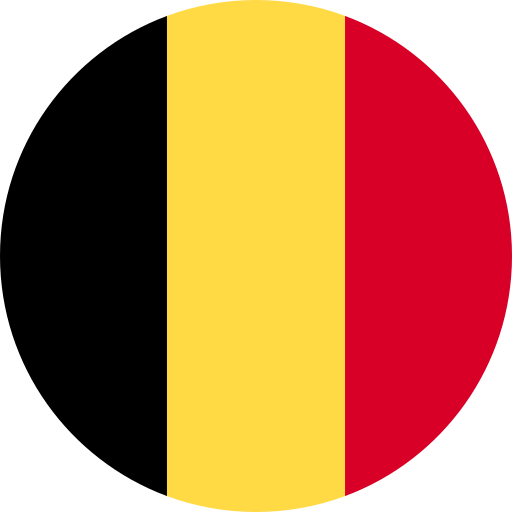 Belgium (Dutch)
Belgium (Dutch) Brazil
Brazil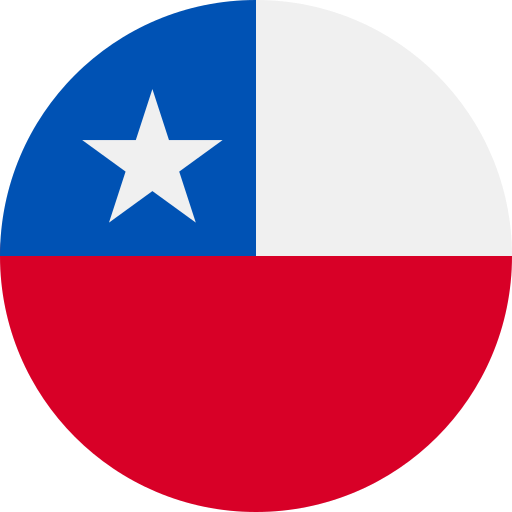 Chile
Chile Colombia
Colombia Czech Republic
Czech Republic Finland
Finland France
France Germany
Germany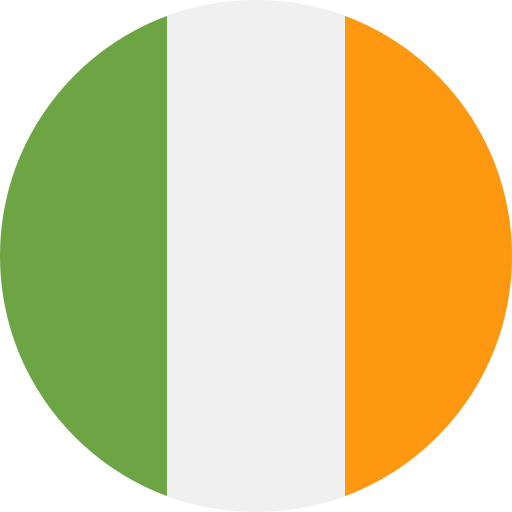 Ireland
Ireland Italy
Italy Japan
Japan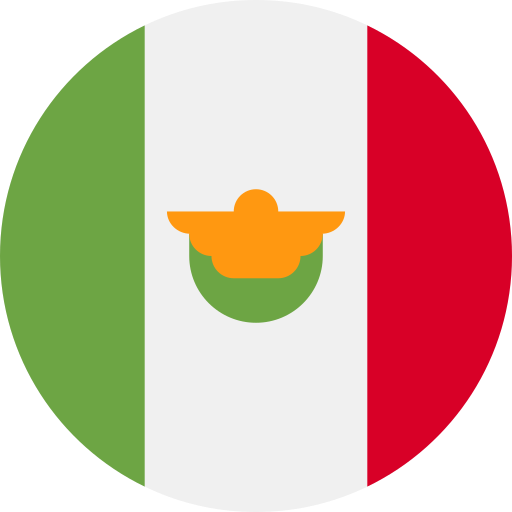 Mexico
Mexico New Zealand
New Zealand Norway
Norway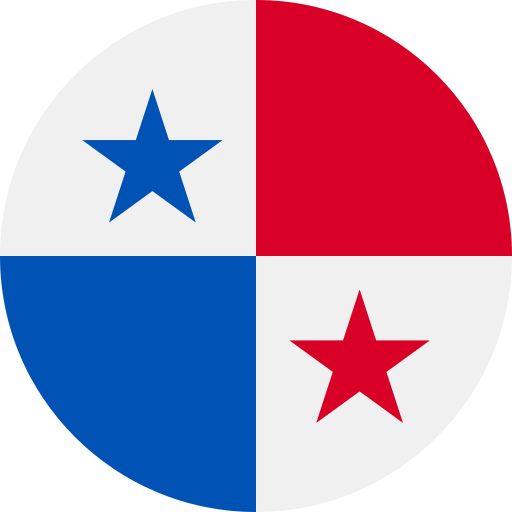 Panama
Panama Poland
Poland Portugal
Portugal Spain
Spain Sweden
Sweden United Kingdom
United Kingdom Global
Global